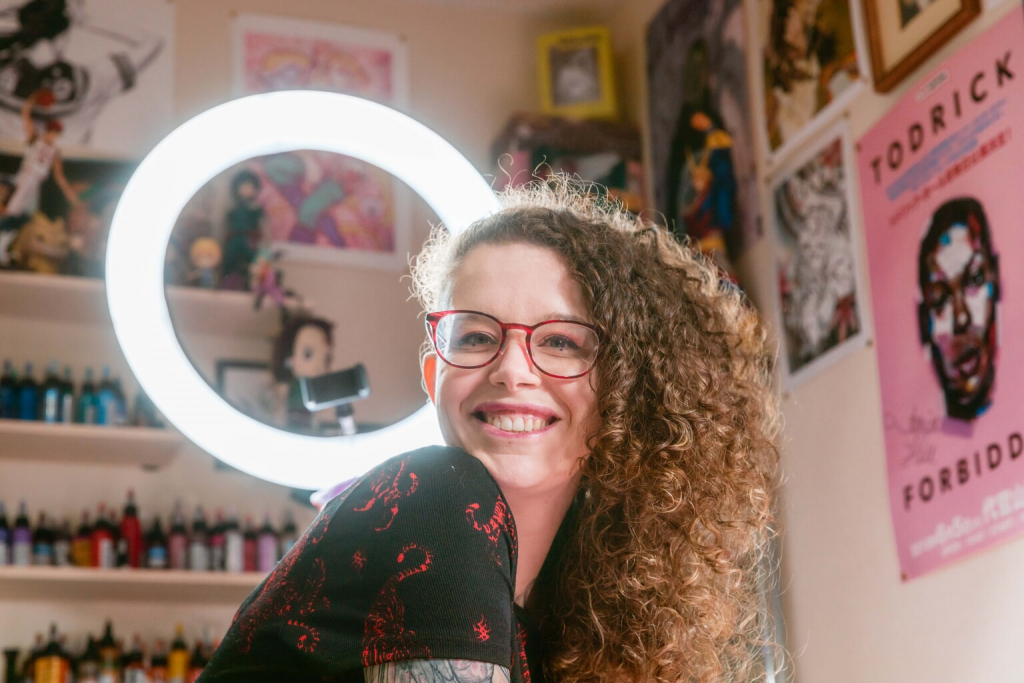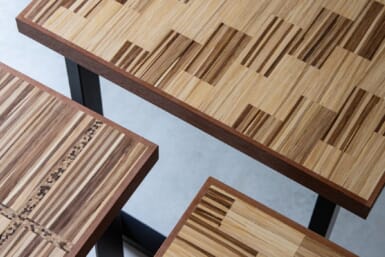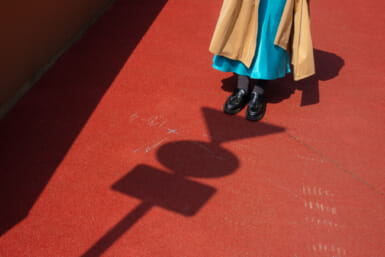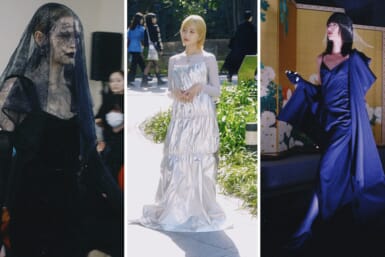My largest tattoo spans the length of my right thigh and is wider than the palm of my hand. The design is of Eden, a Guardian Force and one of the “good guys” from Final Fantasy VIII. This game from the ’90s is what serendipitously brought Hachi, owner of Artemis Tattoo in Nakano, and I together.
Hachi was raised in a small neighborhood an hour away from Lyon, France. Her strong desire to get out of her hometown led her to study Japanese in high school and university. She picked up the language quickly and was even selected to participate in an exchange program in Nara. Drawing, too, had always come naturally to Hachi. It was something she loved doing but had no self-confidence to pursue it professionally. Tattooing only came to her after meeting her then-husband in Japan, a tattoo artist who took her on as his apprentice.
“Tattoos are a sacred thing,” she says. “There’s something about marking your body forever that has an impact on your mind. Many use tattoos as a means to remember an important part of their life or to overcome trauma. Personally, it helped me to love my body, something which I struggled to accept for a long time.”
Attitudes towards tattoos are changing in Japan, but like everything else here, she feels the change is slow.
In pre-pandemic years, many of Hachi’s customers were travelers from overseas. With the decline in tourism, she pivoted her business to attract more Japanese customers. This change involved creating bilingual content online and on social media. She also launched a website in English and Japanese, and hopes to add her native French soon to be as inclusive as possible. Today, over 60 percent of her bookings come through Instagram from clients fascinated by her designs. Many come for Hachi’s signature classic manga inspired by the likes Ai Yazawa’s Nana.
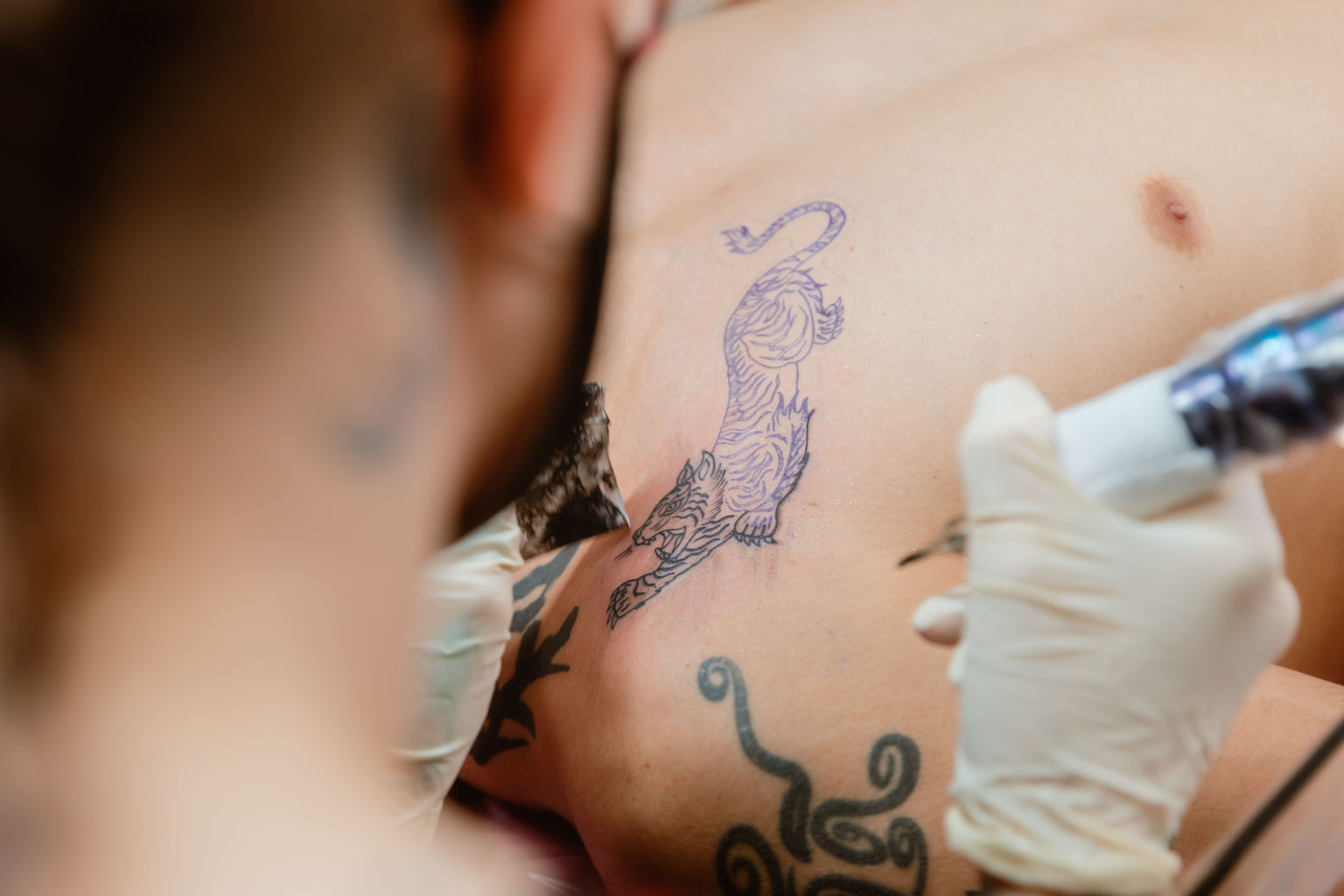
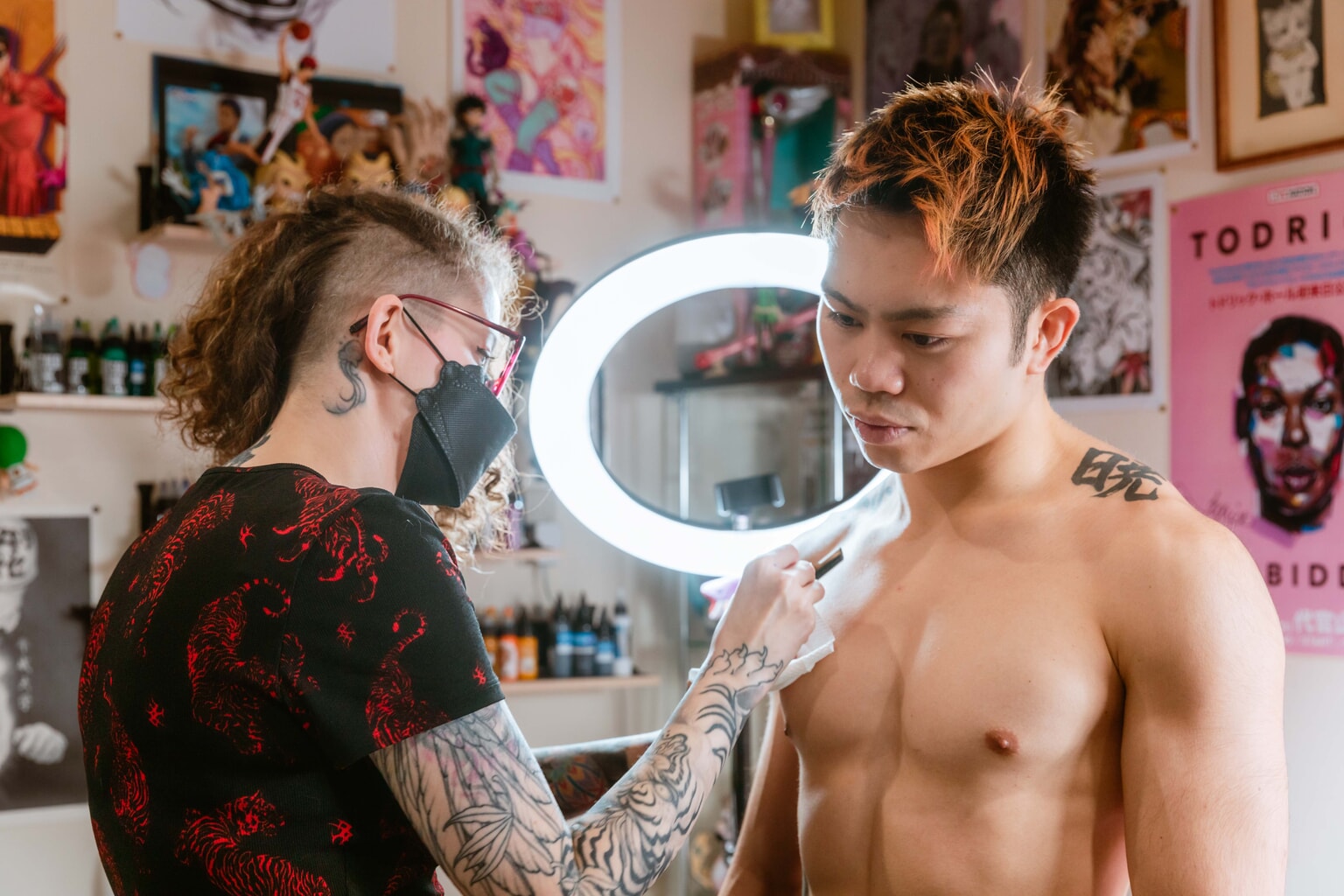
Tattoos in Japan and Artistry
Among her Japanese clients, most are in their 30s; people who’ve realized life is too short and decide to celebrate their epiphany with a tattoo. Some popular themes requested are simple, minimalistic tattoos in a handwriting style or small meaningful symbols. Others influenced by social media trends tend to ask for bigger pieces following classic American designs.
“I take a lot of pride as a line artist,” says Hachi. “My lines are always clean and not wonky or shaky. But beyond that, I don’t have a specific style. I don’t want to limit myself to anything. What’s most important to me is having happy customers. Nothing is ever too ‘basic’ for me. I might have tattooed a thousand times but to my customer, this could be the only tattoo they’ll ever have. It’s a privilege to be able to mark their skin so I want the experience to be special for them.”
The tattoo industry in Japan is a male-dominated one and has more in common with mainstream businesses than one might first think. For one, tattoo artists in Japan also receive the elevated shokunin (craftsman) status and spend much of their careers mimicking the style of their master before passing down that style to their apprentices.
While Hachi respects this cycle, she appreciates that trends are changing and there is now a movement towards restyling it into a more contemporary neo-Japanese style. She believes that art evolves to reflect the culture of its time and that tattoos are no different. Her inspiration sources range from ukiyo-e and music to cinema and nature.
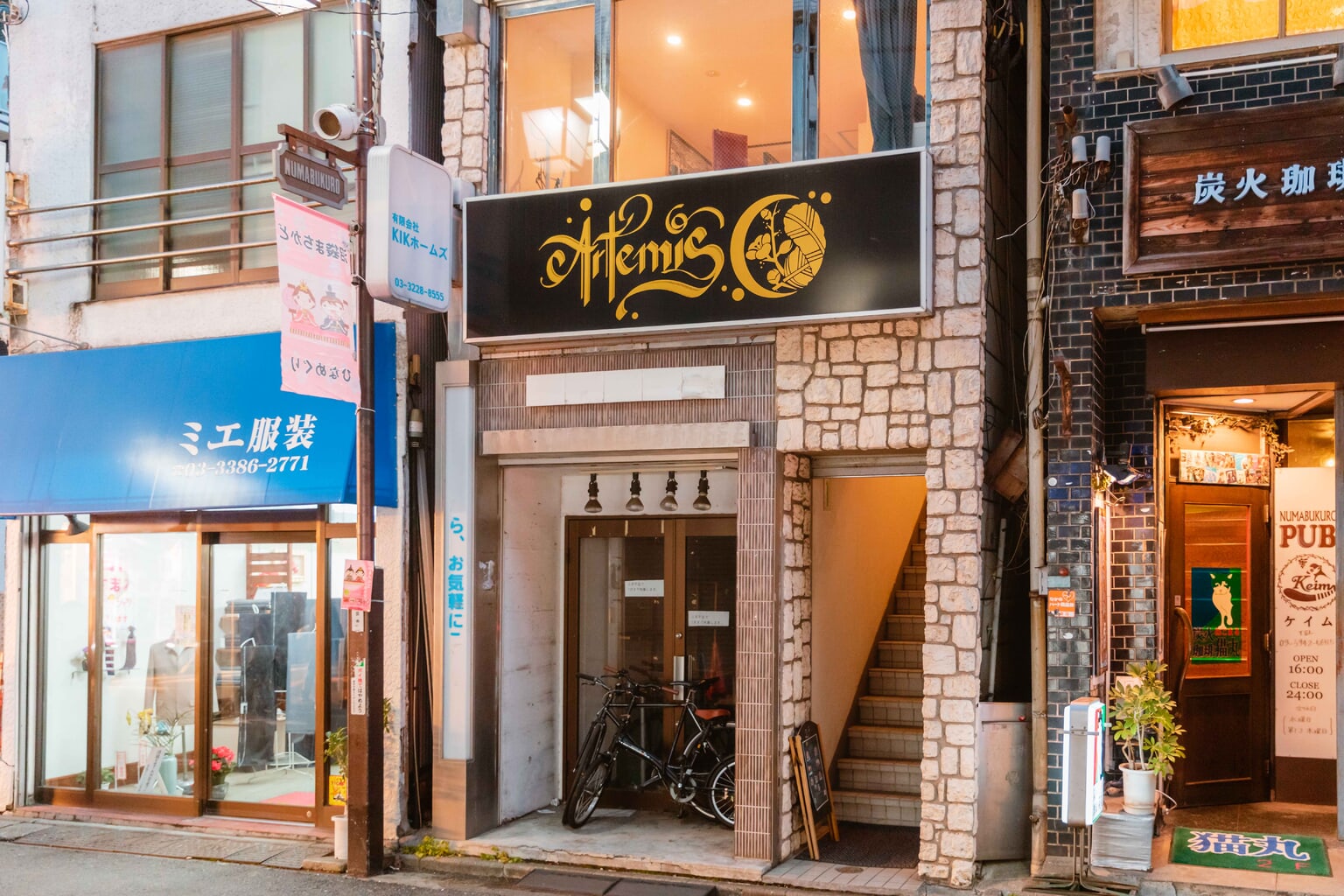
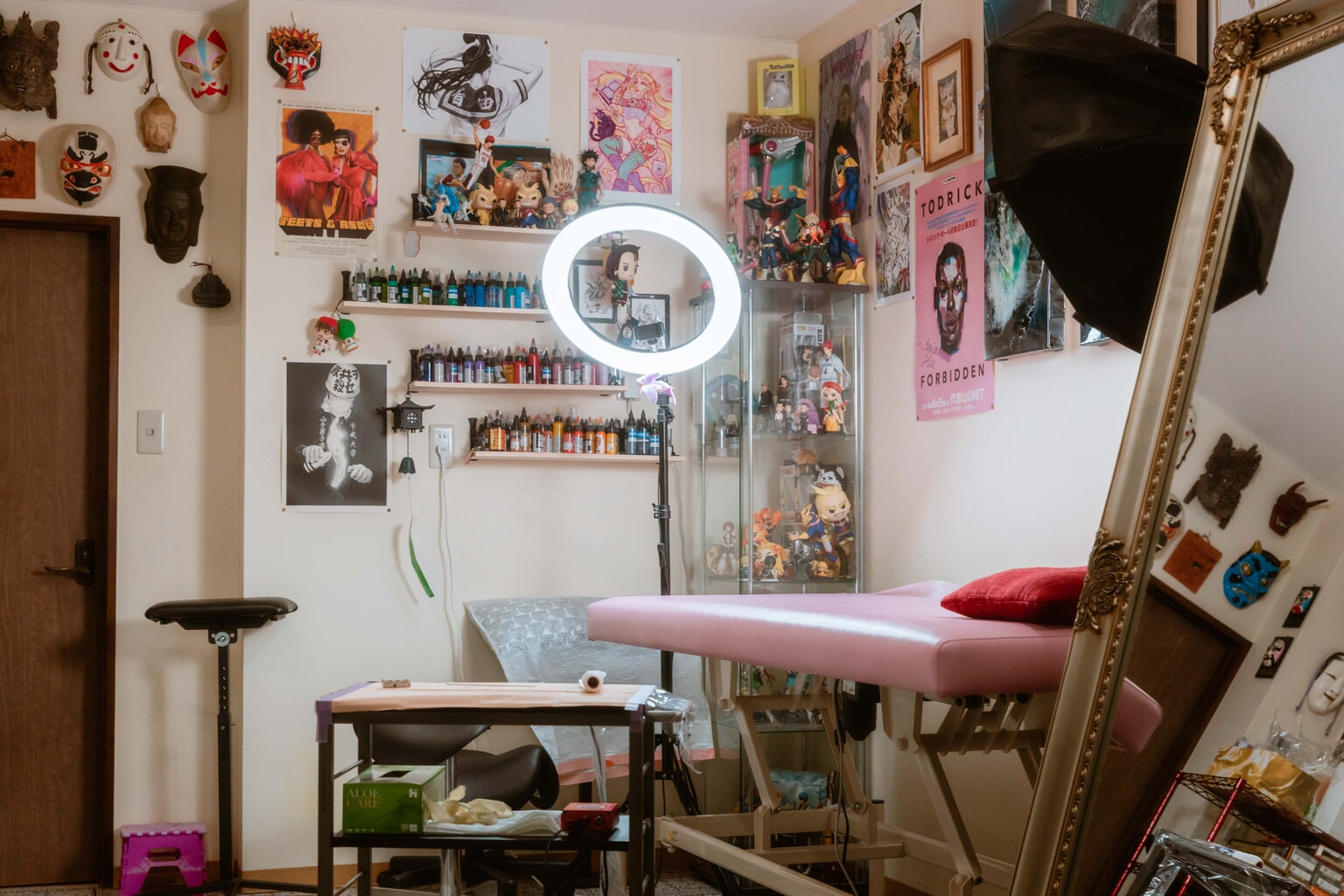
A Woman in a Man’s World
Artemis Tattoo is a cozy studio that’s just two minutes on foot from Numabukuro Station. Hachi takes pride in the fact that it is a safe space for everyone, regardless of their gender, skin color, religion or sexual orientation. Securing a location for a tattoo studio, especially as a foreigner, was not easy. Hachi credits her incredibly enthusiastic real estate agent who helped her find the studio she has rented for over five years and counting.
“Artemis was my way out [of an abusive marriage],” says Hachi. “Initially, starting my own thing was an excuse to separate our work. I thought that might improve our relationship, but this was a lie I told myself. I then gave my ex-husband an ultimatum: If he hit me one more time I was going to leave. And then he did. So, I left.”
For the first three to four months, Hachi lived at Artemis with her son. She had just invested over ¥1 million into the studio and needed time to save up for a more permanent home.
“Artemis” is named after the Greek goddess of the hunt and wilderness. It represents the strong woman Hachi wanted to become after her relationship. It is also the name of a guardian cat in Sailor Moon, a Japanese series she holds dear to her heart.
Flying solo as a tattoo artist isn’t challenging for Hachi. Customer satisfaction is the only measure in which she wants to be recognized. She acknowledges that she’s never been invited to the big tattoo conventions, despite having worked directly with the people who are in charge of organizing them. “Is it because I’m a woman?” she ponders. “Or perhaps they secretly think I’m not actually that good. I don’t care. As long as I have clients that recommend me, I’m thankful.”
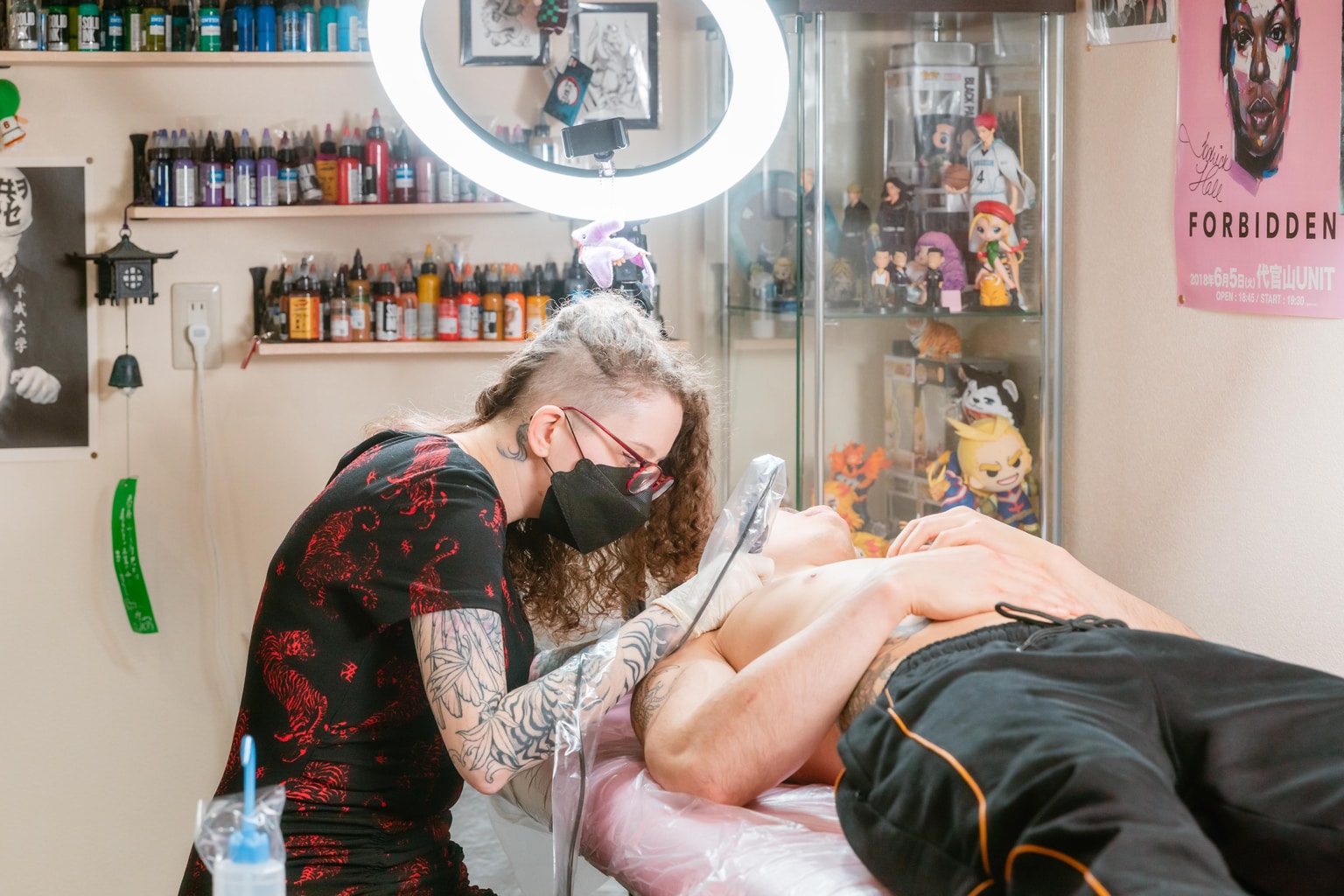
Working Mother
It’s easy to see that Hachi’s other passion in life is her son, with whom she has a close relationship.
Growing up, he was the only mixed child at his pre-school, while Hachi was the only single working mother. Though she had some initial worries, the community they live in has been very welcoming and warm. However, she admits that a lot of this stems from her white privilege, which gives her a pass to be different in a way that may not have been accepted if she was Japanese or of another foreign ethnicity.
She laughs as she recalls a time when she took her son to a sento and he expressed genuine surprise that his “mama” was the only one with tattoos. Having grown up around tattooed adults, he had simply assumed that every adult had some form of tattoo on their bodies.
When talking about her first tattoo, she says it was done back in Lyon by a Japanese artist. She had opted for a cherry blossom with a kanji character in the middle. Eight years later, her son was born. Her mother-in-law chose his name based on the “lucky name system” many parents swear by in Japan. The lucky kanji for his name turned out to be the same character she’d gotten tattooed in France. And, as fate would have it, her son was born on March 29, the start of sakura blooming season that year.
You can find more of Hachi’s work on her Instagram or website.
Photos by Anna Petek

